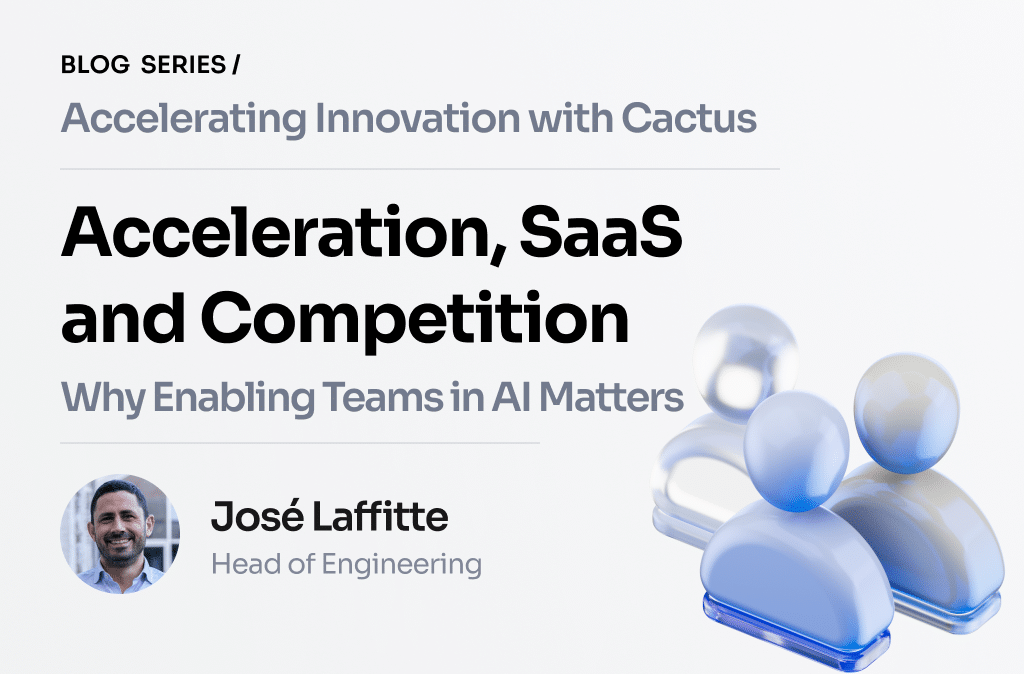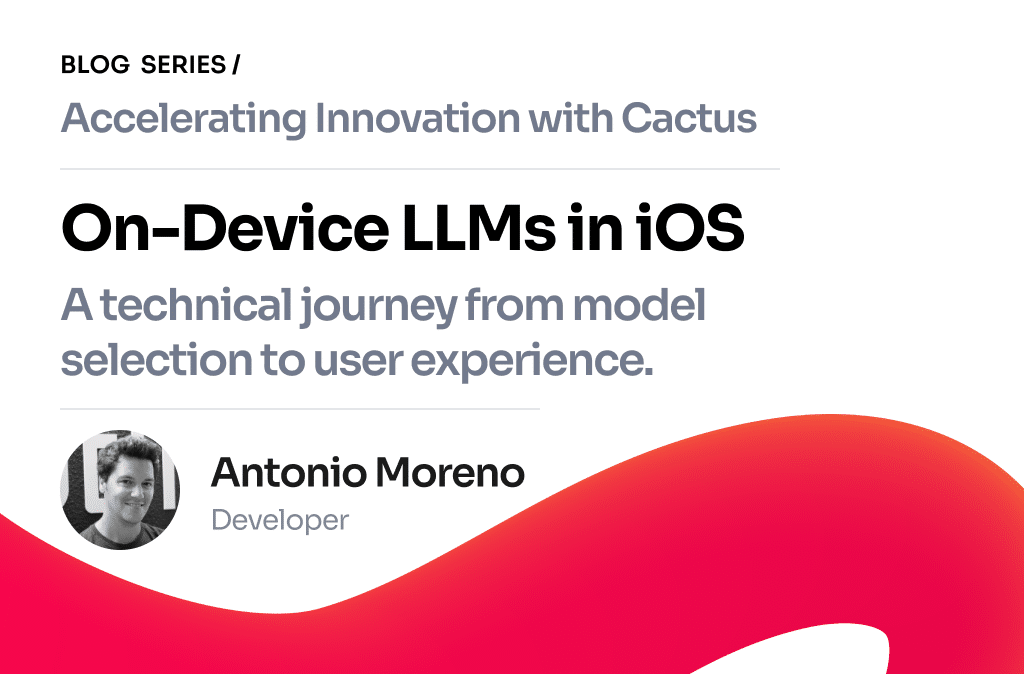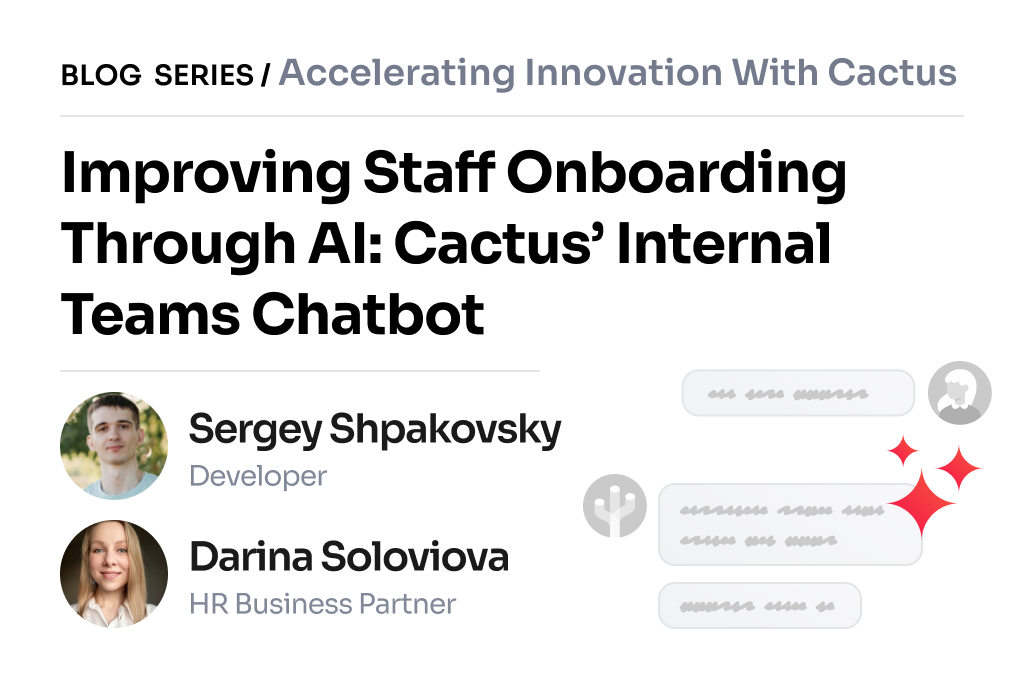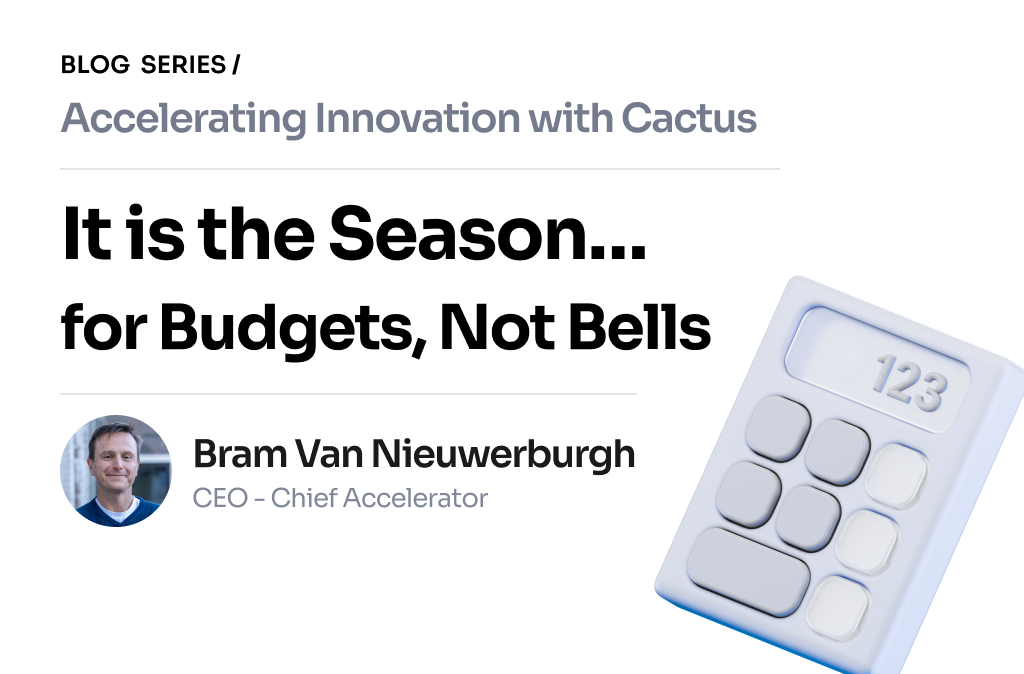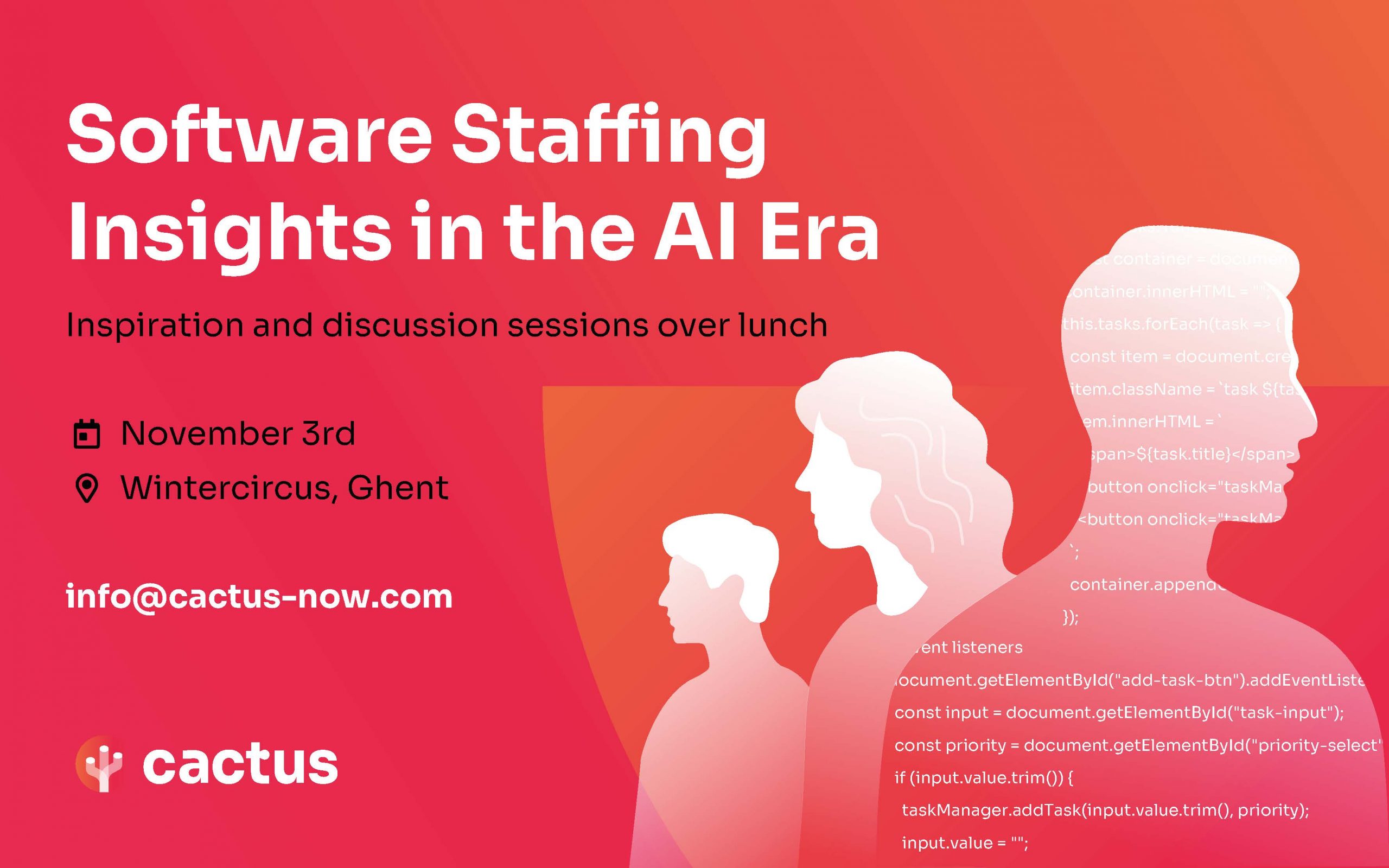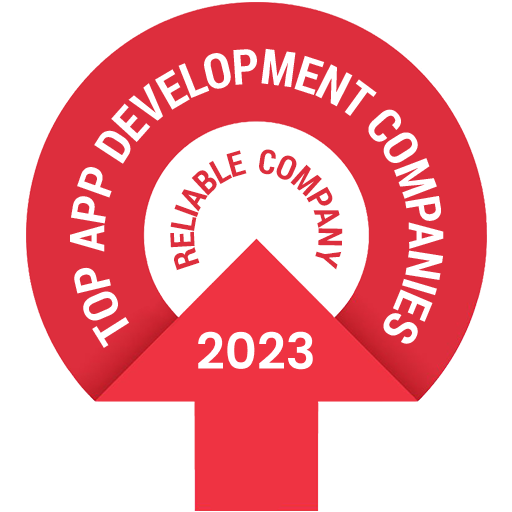Energy production is slowly becoming a thing of the past and is going to be substituted by data management. According to forecasts, the global smart city technology market will reach $27.5 billion by 2023, compared with $8.8 billion in 2014.
As the modern world faces growing population density, dangerous levels of air pollution, shortage of clean water and healthcare issues, it is necessary to consider the adoption of IoT-based solutions for efficient city management.

The new generation infrastructure will be based on Information and Communications Technology (ICT) that will accelerate the development of alternative energy sources, desalination of seawater and the creation of environmentally friendly transportation networks.
But What is Smart City After All?
The concept is defined as a new generation city, which aims to increase the living standards of citizens and to reduce the costs of business processes by automating activities that do not require the use of analytical skills.
It involves a systematic approach to the use of information technology based on the analysis of data from various urban systems. This affects the areas of transport, housing and communal services, security, health, environment, energy, and others.
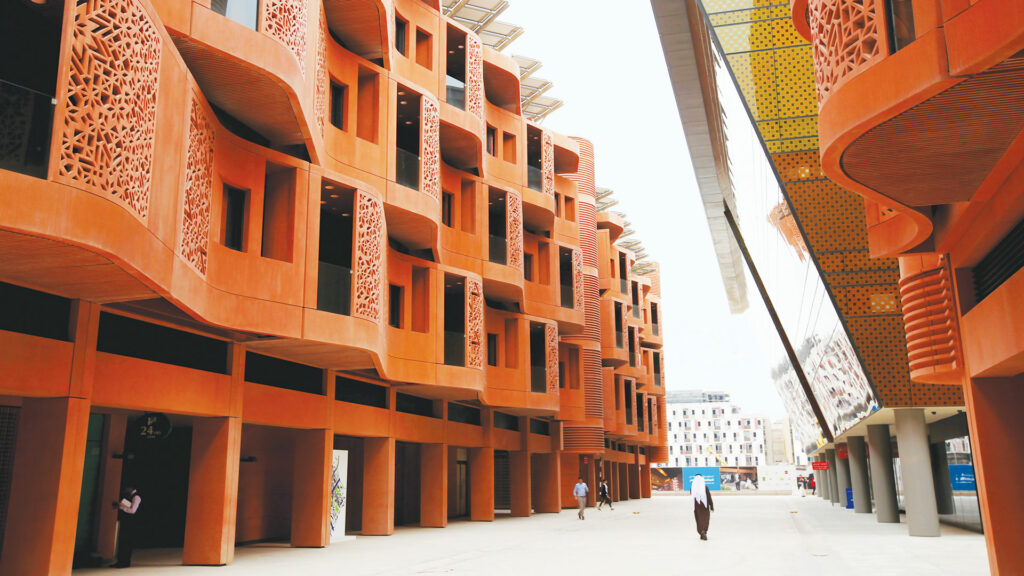
The Internet of Things is one of the technologies that bring intelligent interconnectivity to city management.
The first stage of connectivity is the integration of smart sensors:
Radiofrequency identification actuators (RFID) can be used for automatic identification and data capture. IR sensors can be used for security alarms and automatic lighting applications, while wireless sensor networks (WSN) can collect data and pass it to a central cloud management platform.
Contactless payments with smart cards, data exchange between two devices, and parking access management are under the compliance of NFC technology, whereas cellular IoT in combination with 5G connectivity is going to connect physical things to the internet by having them combined on the same mobile networks as smartphones.
Later on, the collected data can be transmitted and stored in data centers, while specially designed software is going to analyze received information and create predictions.
In the final stage, there can be platforms for the final data analysis and decision-making process. Data visualization tools can be used by municipal authorities and automated systems for responding to any issues arising.
What Else?
The integration of the demand response concept allows reduction of power consumption during periods of high load.
The main aim of this idea is to promote rational usage of energy. During peak hours, the consumer should be motivated to use less energy by earning incentive discounts in return. Energy storage units can be used to store energy during off-peak hours and discharge them during peak hours.

Such a smart strategy may not affect total energy consumption but can eliminate the need for extra investments in networks for meeting peak demand and dependency on foreign energy imports.
With the implementation of an energy management system, authorities can pinpoint energy waste with advanced data analytics and monitor energy KPIs in order to reduce operational costs.
The usage of smart grids is beneficial both economically and environmentally. With the possibility of two-way automatic rerouting once the equipment stops working due to a technical error, the smart grid handles the shortage in energy flows.

Also, the implementation of smart grids brings customized options into place: the consumer doesn’t need to wait for monthly reports and can manage the electricity system according to his/her personal needs.
When it comes to road congestion control, obviously there is a need for accessible up-to-date information to allow drivers to reach the destination in the shortest time possible.
Be-Mobile, a Belgian software developer, has already created solutions for traffic flow optimization, electronic toll collection, multi-modal route planning, and mobile parking payment.
With the help of such platforms, city authorities can easily gather real-time information and make necessary adjustments to the city infrastructure.
With the increasing population, smart waste management is one of the biggest challenges that should be seriously considered by city authorities. Luckily, there are available solutions that are already being used in Belgium.
CactusSoft, a company working on custom software projects, has developed a cloud platform for BinBeat, Alphatronics’ smart container, which is managed remotely by the application. This smart solution brings efficiency to city waste management and actively reduces the ecological footprint. The energy-efficient BinBeat battery has a long-lasting performance and can be charged with solar energy.
IoT solutions integrated into blockchain ecosystems can provide fundamentally new opportunities for the development of eGovernment. Securely encrypted sensitive data is much more reliable than any paper with seals and signatures. Smart contracts will be responsible for data operations automation in accordance with regulatory acts.
A Real-life Example of a Smart City Already Exists
Masdar is the world’s first sustainable city in the territory of Abu Dhabi, UAE. The Arabic word Masdar means “the source”.
This futuristic project is providing a vision for all future cities. Zero waste, zero carbon, and fossil fuel free concepts provide the city with the highest quality of life while having the lowest environmental impact.
It is promised to be finished by 2030, but the first houses and the basic elements of the city’s infrastructure already appeared in 2018.
Masdar should become completely autonomous and self-sufficient and can accommodate up to 100,000 inhabitants. Energy for maintenance and operation of urban systems will be drawn from renewable sources, such as the sun, water, and wind.
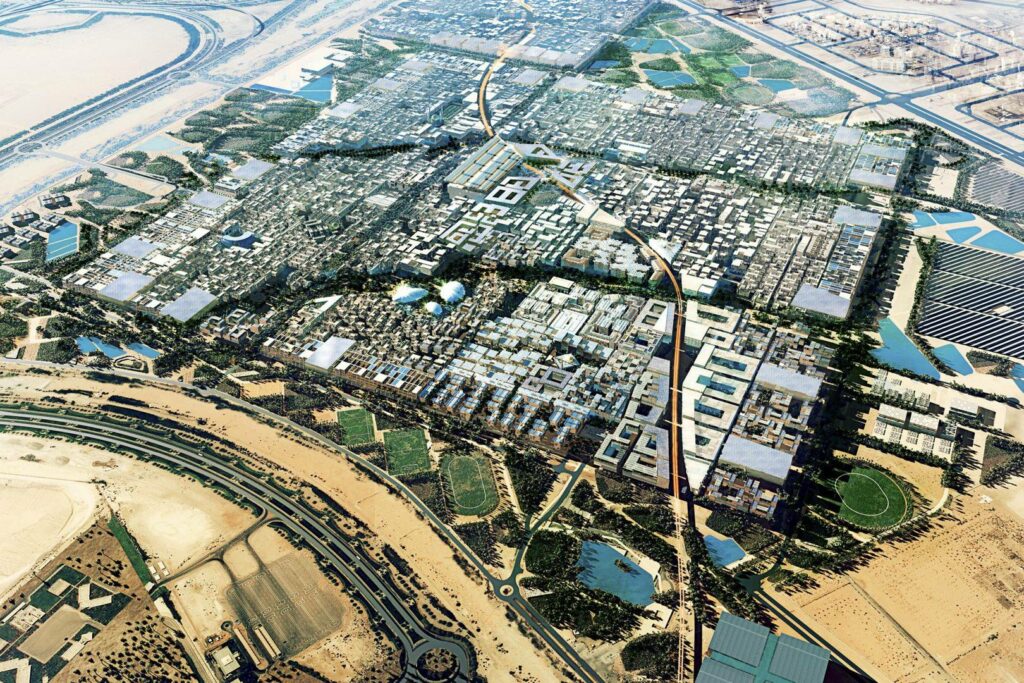
Smart city technologies reduce the amount of water consumed through the use of smart meters, and the waste liquid will be recycled to water the plants.
City streets are designed taking into account the position of the sun and the direction of the prevailing winds. The engineers have developed a large-scale zero-emission transportation system with personal rapid transit (PRT) vehicles running within the territory of the settlement.
Summary
In 2017, the World Bank reported that 54% of the entire global population is in cities. To put that into perspective, that is a little over 4 billion people.
Even more interesting is the fact that the United Nations reports that there are a total of 1.3 million people moving into cities every week, with the urban populations growing to 6.3 billion, or 68% by the year 2050.
Obviously, it is only a matter of time until cities will be ready for full technological transformation, as firstly the society needs to undergo social changes. Modern technologies, such as IoT, Artificial Intelligence, Machine Learning, and blockchain offer real-life solutions that can bring us to the next level of urban development.
Therefore, we need to make the best out of the acquired knowledge and develop a smarter vision for the future.

